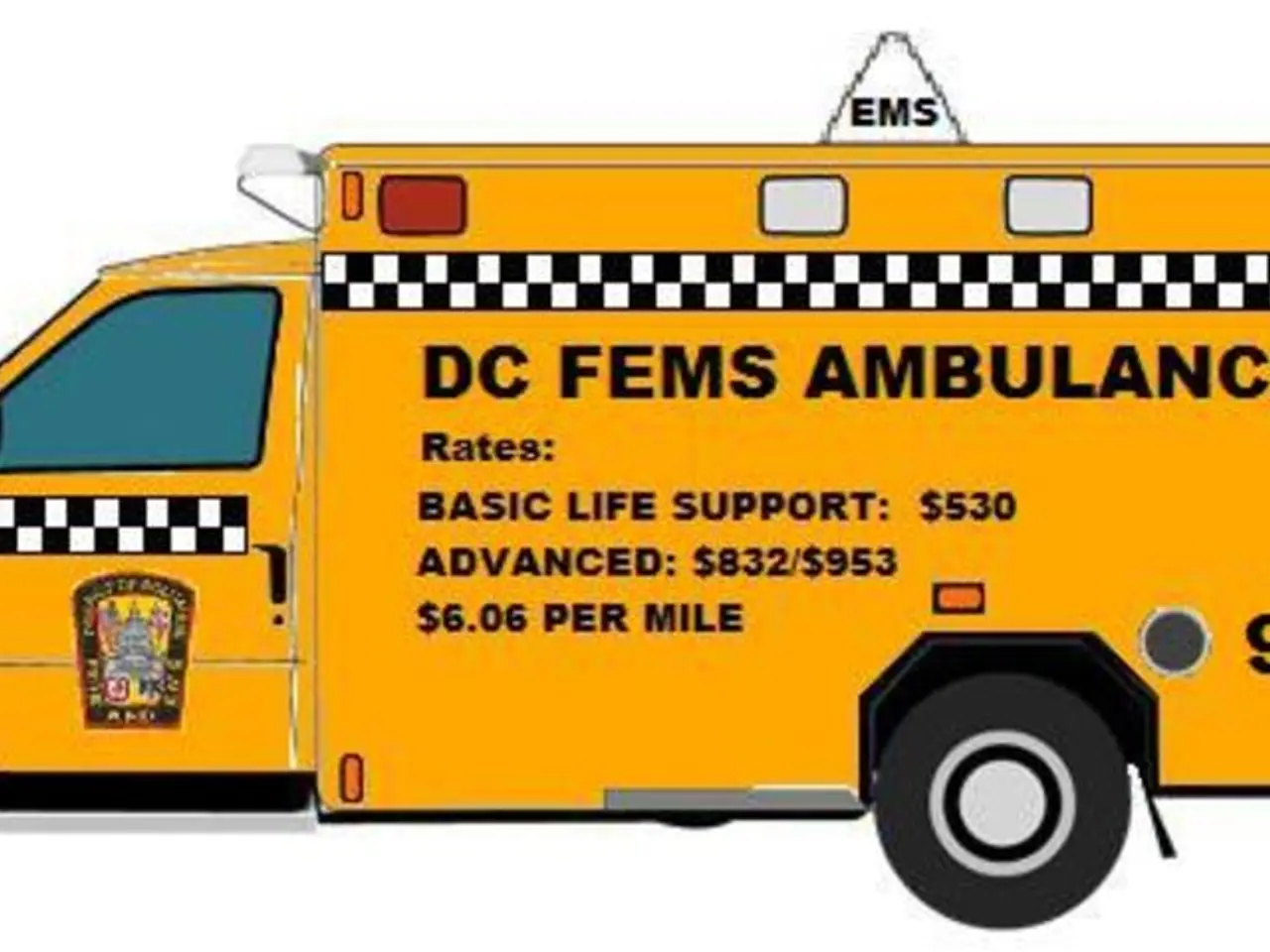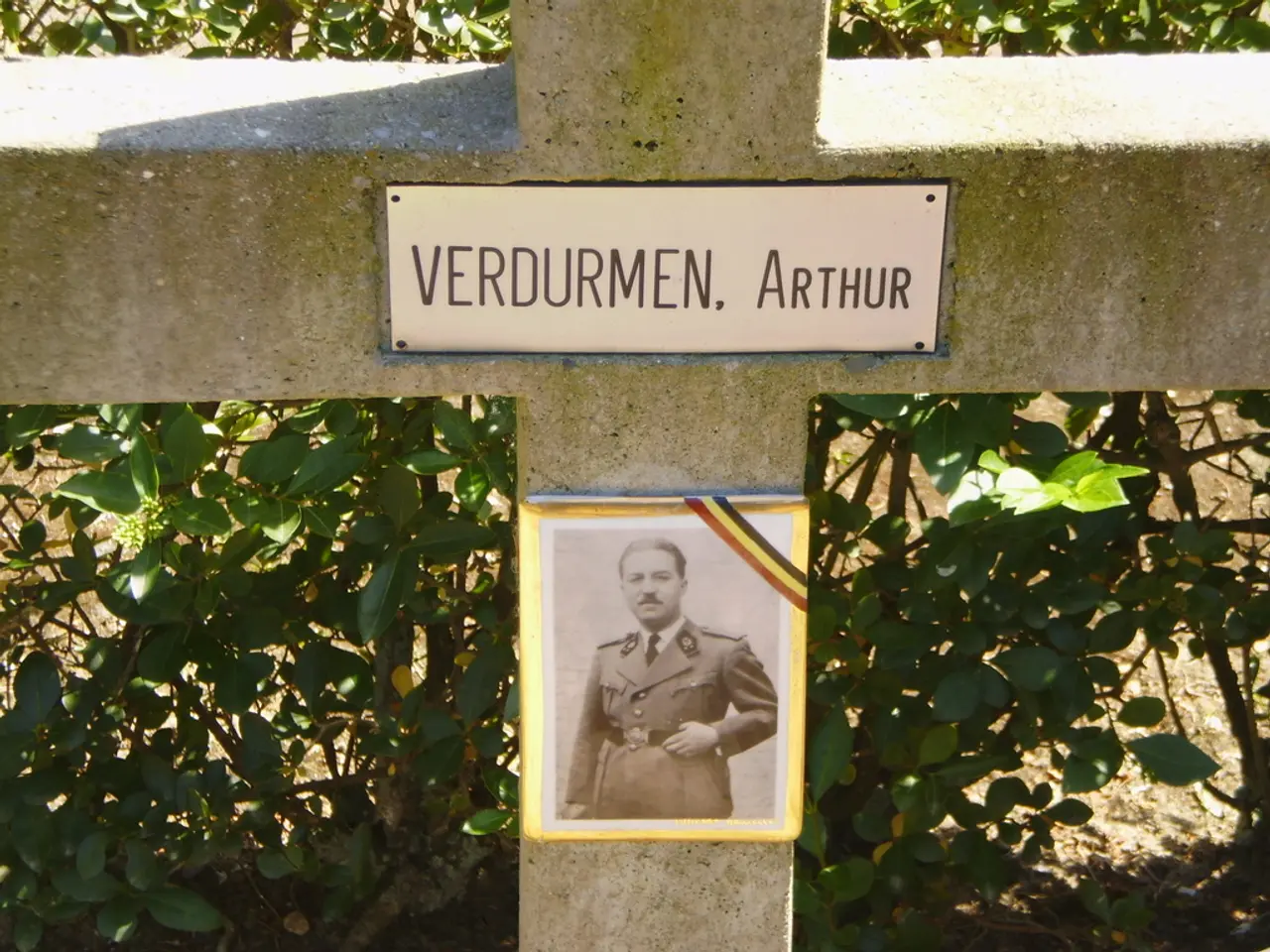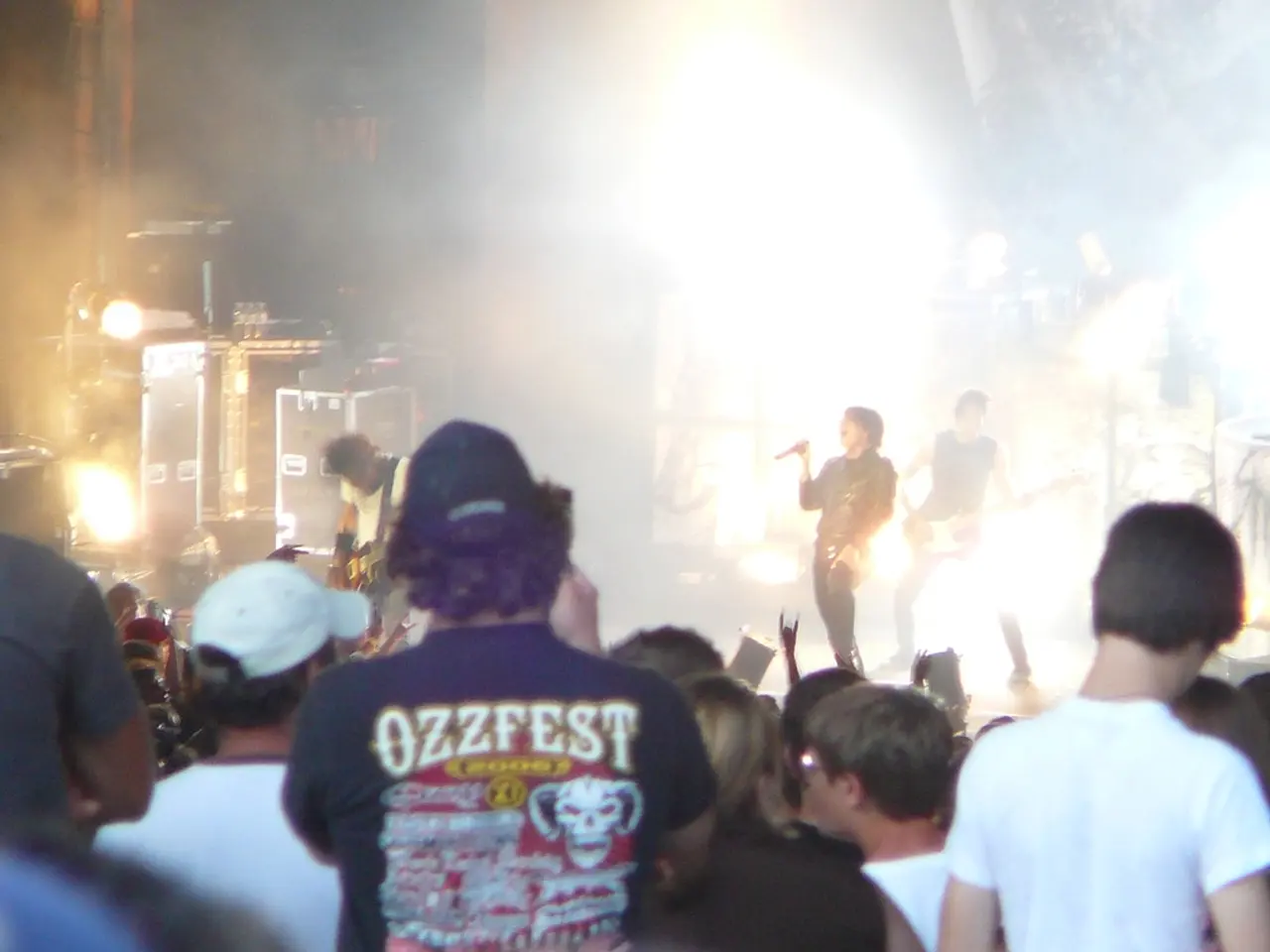Crisis-affected Areas and Military Healthcare: Insights on Preparedness, Cooperation, and Treatment
In the final session of a comprehensive webinar series, experts are delving into the evolving role of military medical services in disaster response. The session, led by Professor Tim Hodgetts, a renowned figure with extensive experience in NATO medical leadership and extreme medicine strategy, is shedding light on the multifaceted nature of military-led disaster response efforts.
Integration with civilian and NGO-led relief is becoming increasingly crucial in ensuring a coordinated and efficient disaster response. Exercises such as Strong Angel III demonstrate the importance of building working relationships between military responders and civilian/non-governmental stakeholders before disasters strike. This proactive approach enhances community resilience and operational synergy during crises.
Military groups like the Integrated Response Group, founded by veterans, bring military-grade coordination, logistics, and leadership to civilian disaster relief, working alongside first responders and field hospitals to ensure rapid, structured responses. Canadian DART teams, meanwhile, emphasise a holistic approach that includes collaboration with civil-military cooperation (CIMIC) cells to align military infrastructure efforts with civilian needs.
The unique strengths and limitations of military-led deployments are being discussed. Rapid deployability, self-sufficiency, and the ability to establish order and manage complex logistics across large-scale disasters are some of military medical units' key strengths. However, they often focus on initial acute trauma and emergency care rather than long-term management of chronic diseases. Cultural and operational differences can sometimes create friction with civilian NGOs, requiring deliberate pre-disaster collaboration to overcome mistrust and coordination gaps.
Critical lessons learned from recent responses, including the COVID-19 pandemic and the 2023 Turkey earthquake, are being shared. The importance of combining medical, engineering, and water sanitation capabilities while working closely with civilian partners to restore critical infrastructure and provide lifesaving care is being emphasised. The value of pre-disaster planning and coordination in ensuring quick and cohesive action is also being highlighted.
Professor Tim Hodgetts is sharing strategic and field-based insights into how military medical services integrate with civilian and NGO-led disaster relief. The session concludes the series with a focus on practical response, future readiness, and civil-military collaboration.
While not explicitly mentioned in the session, the increasing use of telemedicine and advanced communication technologies in crisis zones is playing a significant role in extending specialist expertise into field settings, improving triage decisions, and expediting patient care in austere environments.
Addressing the challenges in treating trauma, chronic conditions, and vulnerable populations in disaster zones is a crucial aspect of military response. The austere settings complicate treatment for chronic diseases, requiring integration with civilian health systems and NGOs for sustained care continuity. Additionally, addressing the needs of vulnerable populations demands culturally sensitive approaches and sustained humanitarian engagement, often outside the traditional military scope.
In conclusion, military medical services provide invaluable rapid-response capabilities in disaster settings. Their full potential is realised only through integration with civilian and NGO actors, thorough pre-disaster planning, and leveraging emerging technologies. Continuous learning from past deployments is essential to refining this multifaceted role, balancing strengths in trauma care and logistics with limitations in chronic care and prolonged humanitarian support.
The session led by Professor Tim Hodgetts underscores the significance of integrating military medical services with civilian and NGO-led disaster responses (leadership). The unique strengths of military-led deployments, such as rapid deployability and managing complex logistics, are highlighted (military-led, disaster). However, a challenge lies in their focus on acute trauma care versus long-term management of chronic medical conditions (medical-conditions).
To ensure efficient and coordinated disaster response, building working relationships among military responders, civilian stakeholders, and NGOs before disasters occur is crucial (disaster, integration). For instance, the Strong Angel III exercise demonstrates the importance of proactive collaboration (collaboration).
Another crucial aspect is addressing the needs of vulnerable populations during a disaster, which requires culturally sensitive approaches and sustained humanitarian engagement (vulnerable populations, humanitarian engagement).
In the future, the role of military medical services will evolve with the use of telemedicine and advanced communication technologies in crisis zones (telemedicine, emerging technologies). This will help extend specialist expertise into field settings and improve triage decisions and patient care (improving patient care, telemedicine).




